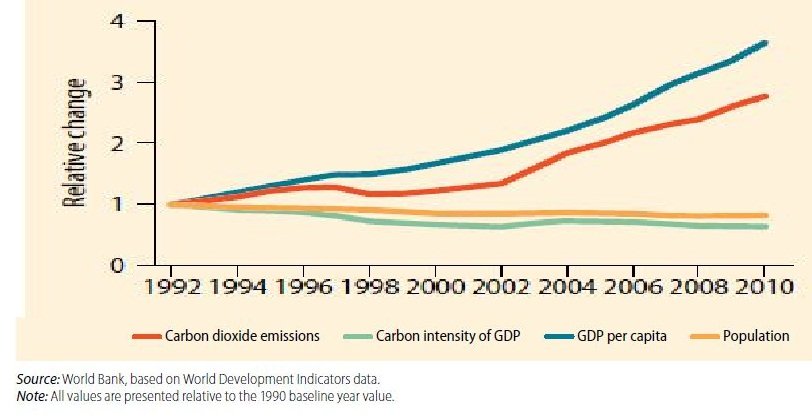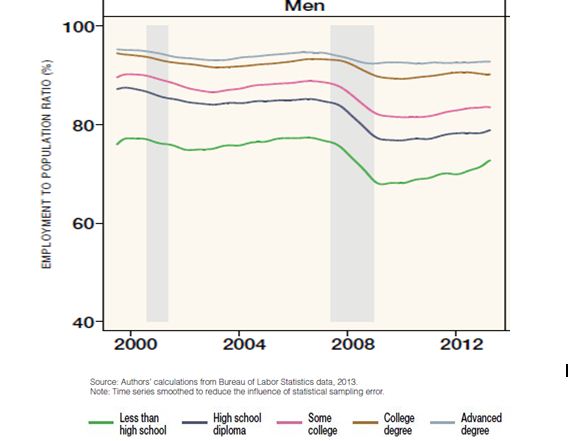Don’t Learn, Understand Better
Often most of us get caught up in the world of numbers, getting a high band in IELTS, or any other exams becomes so important for us that we forget the reason for our existence- it is not about getting highs cores, or earning money, it’s about the joy, the joy that learning brings along with it.
Vocabulary is that one area wherein, a maddening rush has been observed amongst English learners. People, often believe the more the words they know, the better their English is. And so, what do they do? They read newspapers, magazines, and dictionary or just get mad making notes. Eminem once said, “It’s not about how many words you know, but rather how many of them you can actually use”. And this is the purpose of vocabulary, to let you describe the fascinating phenomenon of human existence, to let you have the verbal description of things you see around.
When scholars said that vocabulary is important, they meant, if you increase your vocabulary properly, intelligently and systematically- you treat yourself to an all-round, liberal education.
This helps your intellectual level to grow, because you know better words, and you understand different things in a better way. But how does one do that? You do it by understanding words, relating them to your own experiences or observations.
So, stop being a parrot and start becoming a human. Don’t Learn, Understand Better.
IELTSBAND7


